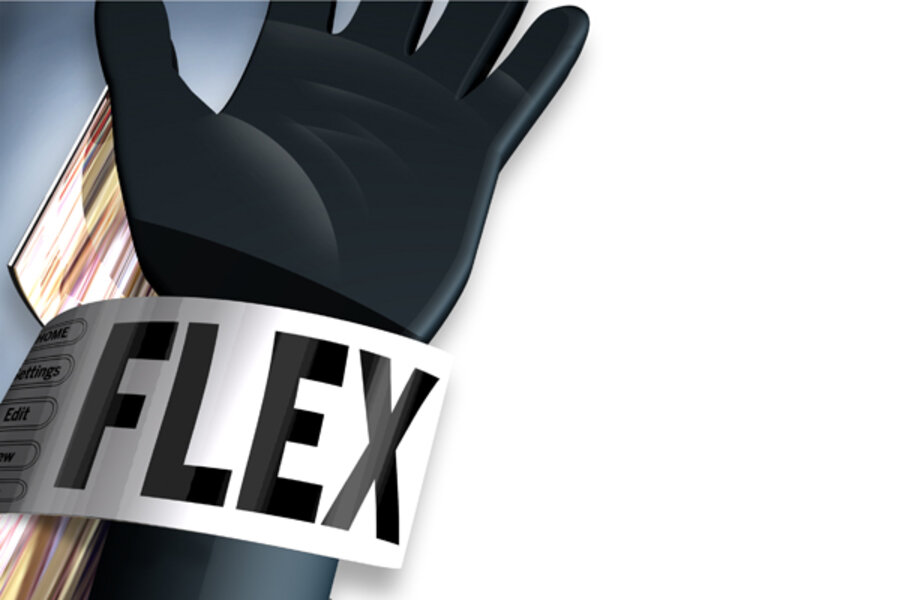Are 'quantum dots' the future of TV screens?
Loading...
Researchers at Samsung Electronics have made the first full-color display that uses quantum dots. Quantum-dot displays promise to be brighter, cheaper, and more energy-efficient than those found in today's cell phones and MP3 players.
Samsung's four-inch diagonal display is controlled using an active matrix, which means each of its color quantum-dot pixels is turned on and off with a thin-film transistor. The researchers have made the prototype on glass as well as on flexible plastic, as reported in Nature Photonics this week. "We have converted a scientific challenge into a real technological achievement," says Jong Min Kim, a fellow at the Samsung Advanced Institute of Technology.
ALSO SEE: 10 most intriguing tablets of 2011
Quantum dots are semiconductor nanocrystals that glow when exposed to current or light. They emit different colors depending on their size and the material they're made from. Their bright, pure colors and low power consumption make them very appealing for displays. Most computer monitors and TVs use power-hungry liquid-crystal displays (LCDs). Organic light-emitting diode (OLED) displays are more brilliant and energy-efficient, but are confined to small gadgets because they are too expensive for TV screens, and their organic materials have limited lifetimes.
Quantum-dot displays would consume less than a fifth of the power of LCDs, says Samsung researcher Tae-Ho Kim. They promise to be brighter and longer-lasting than OLEDs. What's more, they could be manufactured for less than half of what it costs to make LCD or OLED screens.
This potential has caught the attention of big display manufacturers other than Samsung. LG Display is partnering with MIT spinoff QD Vision to develop quantum-dot displays.
To make their prototype, the Samsung researchers start by coating a solution of quantum dots on a silicon plate and evaporating the solvent. Then they gently press a rubber stamp with a ridged surface into the quantum-dot layer, peel it off, and then press it on the desired glass or plastic substrate. This transfers stripes of quantum dots onto the substrate.
In a color display, each pixel contains red, green, and blue subpixels. These colors are combined in varying intensities to produce millions of colors. By using their stamping technique over and over, the researchers can create a repeated pattern of red, green, and blue stripes.
They transfer the stripes directly onto an array of thin-film transistors. The transistors are made of amorphous hafnium-indium-zinc oxide, which provide higher, more stable current than conventional amorphous-silicon transistors. The resulting display has subpixels that are about 50 micrometers wide and 100 micrometers long, small enough for use in cell-phone screens.
"This is a powerful demonstration," says Seth Coe-Sullivan, cofounder and chief technology officer of QD Vision. "The individual technology elements aren't necessarily new. Samsung definitely did a lot of good engineering to put all the pieces together in an impressive way."
He cautions, though, that there are many more research and engineering issues to be solved, and that quantum-dot displays are still at least three years away from commercialization. The best quantum-dot devices are still not as power-efficient as OLEDs. They also need to last longer—right now, they start losing their brightness after about 10,000 hours. Finally, researchers will have to develop ways to manufacture them at low cost and large scale.
SOURCE: Technology Review
RELATED: Quantum Dot Displays Start to Shine





